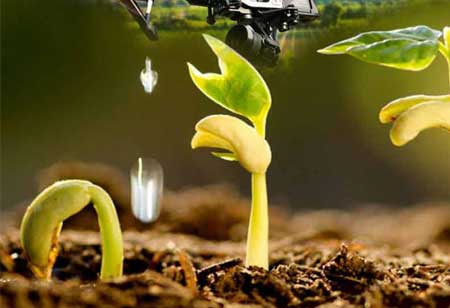Thank you for Subscribing to Agri Business Review Weekly Brief
How Low-carbon Indoor Farming is Impacting the Environment

By
Agri Business Review | Friday, August 20, 2021
Stay ahead of the industry with exclusive feature stories on the top companies, expert insights and the latest news delivered straight to your inbox. Subscribe today.
A new study challenges the universal land-saving claims of vertical farming, finding that there is no one-size-fits-all approach for land use, food security, and sustainable agriculture.
FREMONT, CA: Controlled Environment Agriculture (CEA) is gaining popularity due to population increase, environmental change, and growing concerns about food security and sustainability. In terms of growing space, commercial greenhouses and vertical farms promise a greater crop yield from locally obtained materials than open-field agricultural methods.
Researchers analyzed the potential crop output of six vegetables (selected for nutritional content and suitability for CEA farming) concerning growing space in a report published in Nature Food. The inclusion of additional acreage utilized by wind and solar farms to harvest low-carbon energy in the total "expanding space" estimates were crucial to the study. Vertical farms and commercial greenhouses are examples of land-saving sustainable farming, although these farming systems rely heavily on power to keep crops growing in a healthy climate. To be sustainable, this demand must be backed up by a low-carbon power supply. The space required to capture renewable energy must be included in the overall land footprint to adequately analyze the sustainability and footprint of each agricultural practice.
The researchers evaluated vertical farms, greenhouses, and open-field farming in nine city areas: Reykjavik, Stockholm, Boston, Tokyo, Santiago, Johannesburg, Phoenix, Singapore, and the United Arab Emirates, all of which had different land availability, meteorological conditions, and population density. When analyzing the total land required to cultivate the six vegetables, the results revealed that location was the deciding factor. Compared to open-field farming in colder climes, greenhouses and vertical farms could minimize the net land footprint (combined land use per capita). Open-field agriculture had a smaller overall land footprint than vertical farms in warmer climes.
Despite energy usage being very location-dependent, greenhouses had the smallest land footprint of the three produce growing systems in most regions modeled—not just the temperate, less seasonal ones. Energy demand fluctuations resulted in a higher cost per energy unit, especially in colder places where the onshore wind was the primary renewable. However, commercial greenhouses had a lower energy demand per food unit.
The researchers also conducted local geographical assessments of currently available farmland and land appropriate for energy generation in each area to establish where land could be repurposed, yielding exciting results. The aggregate land footprint of vertical indoor and open-field farming methods in Stockholm was similar. However, there is more arable farmland in the area, and land suitable for wind energy generation is relatively scarce, casting doubt on the viability of CEA farming in the absence of alternative low-carbon energy sources.





